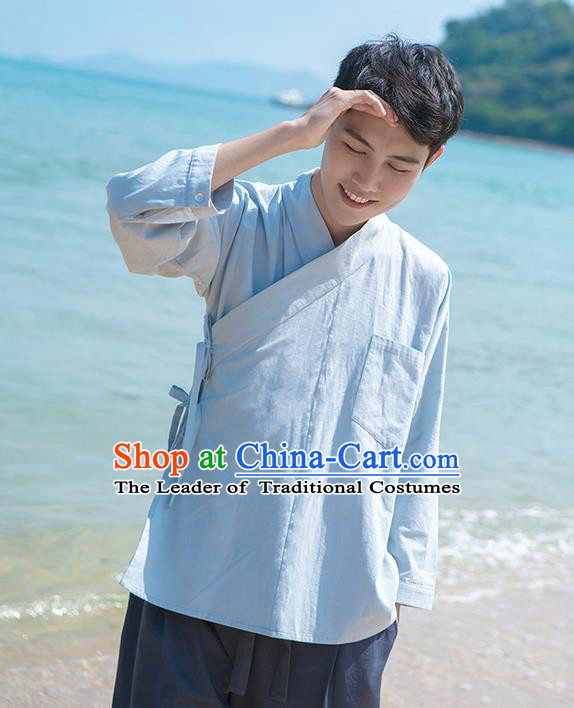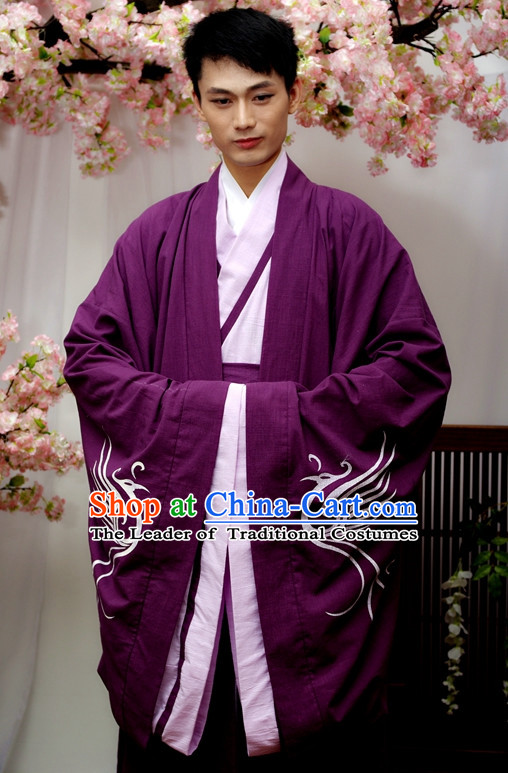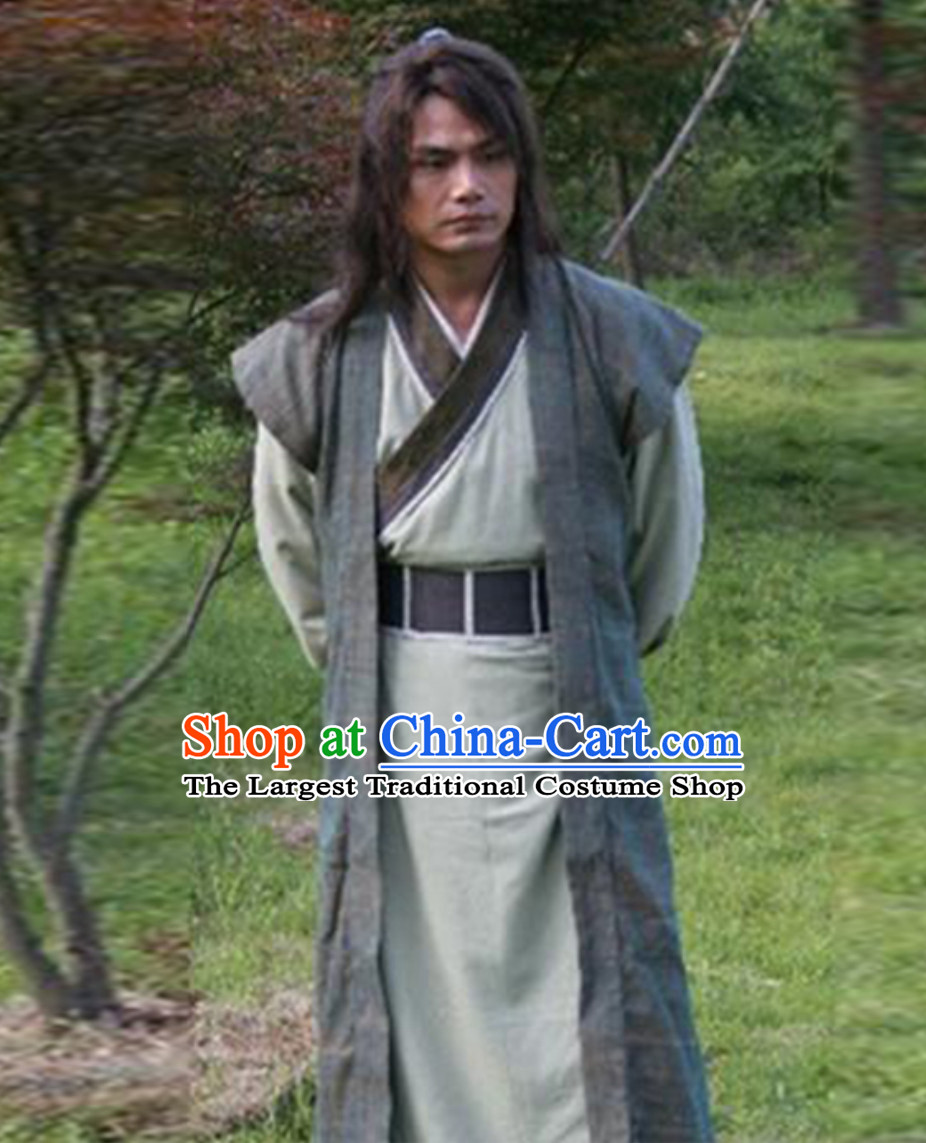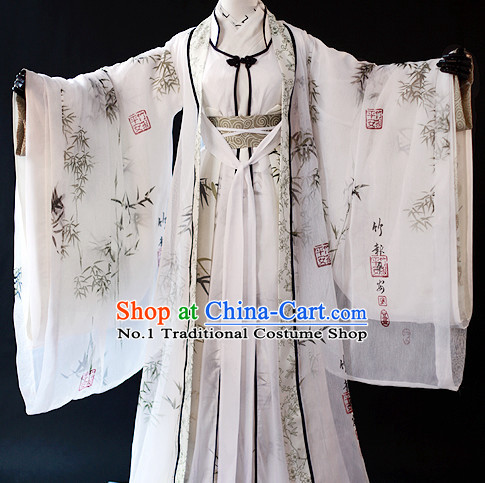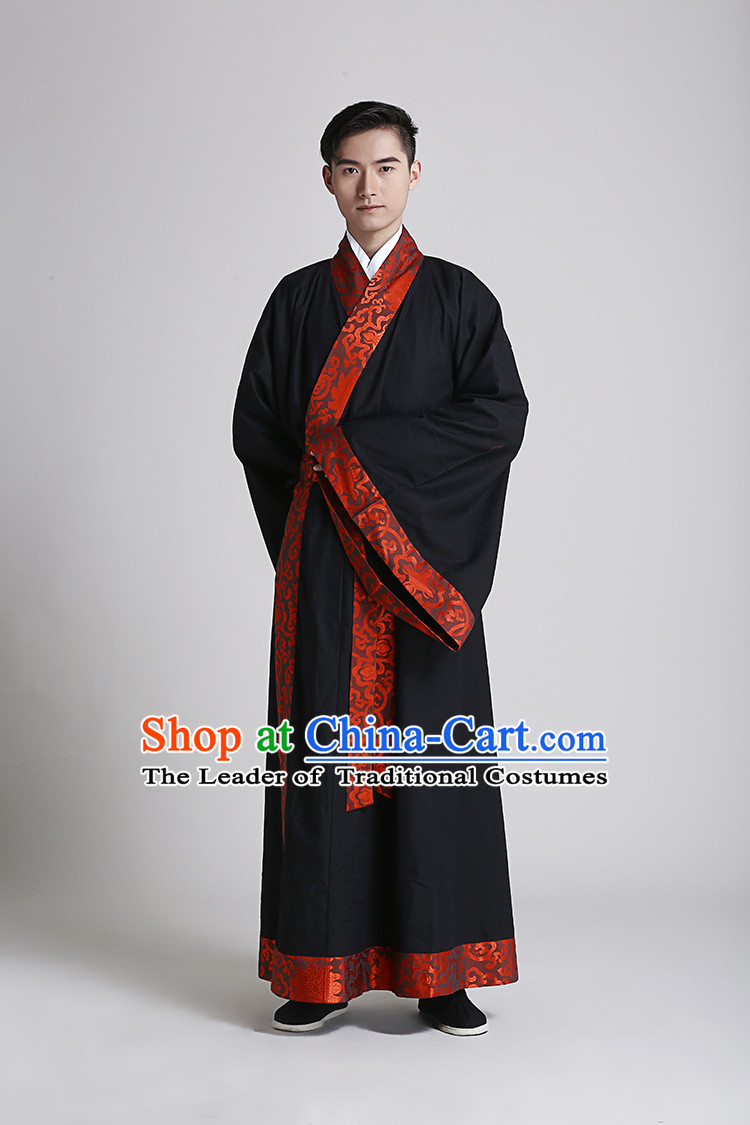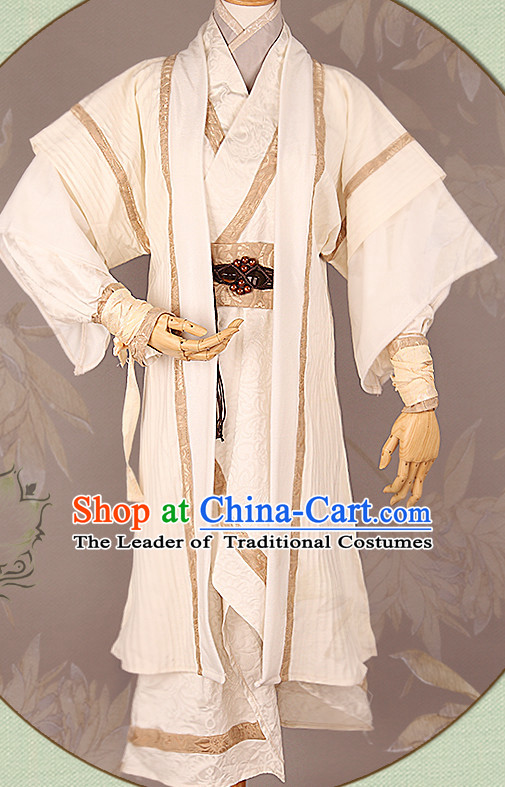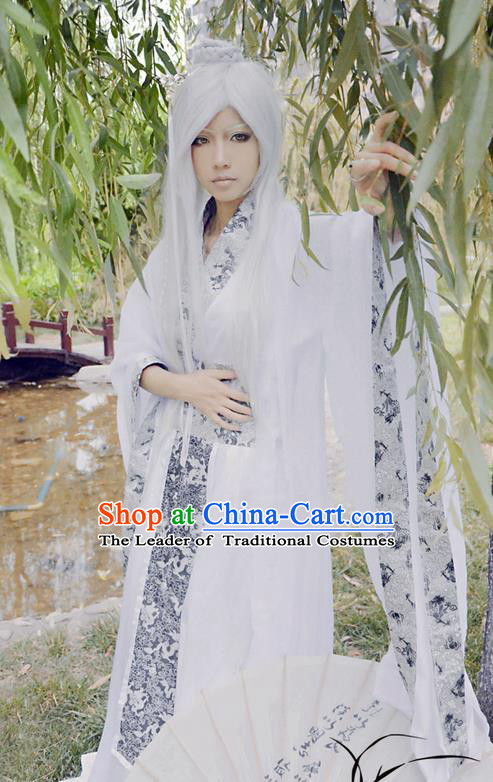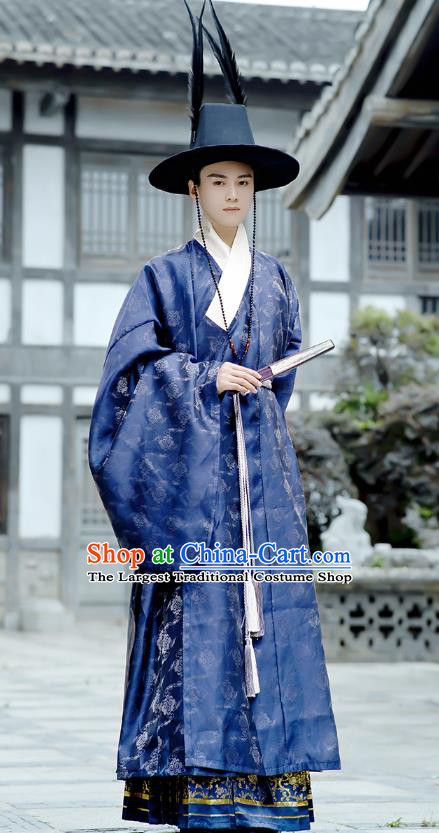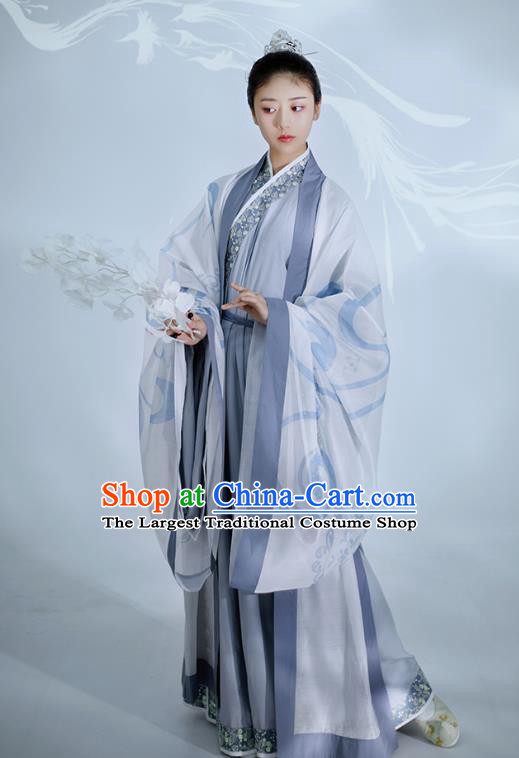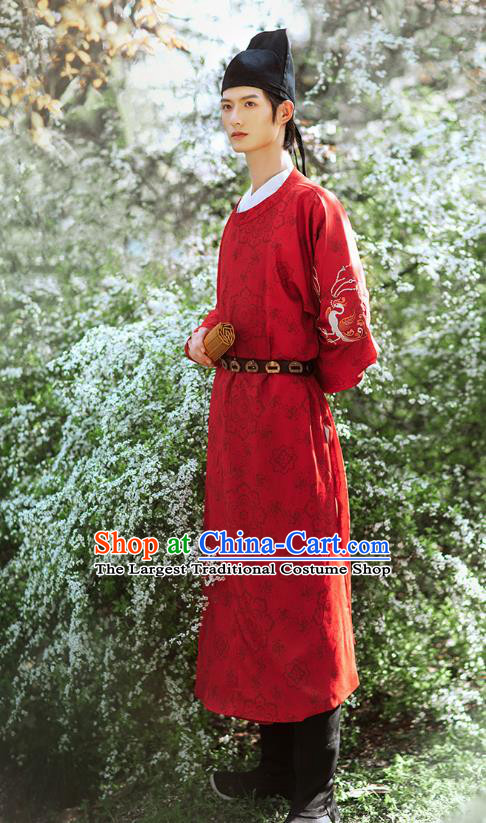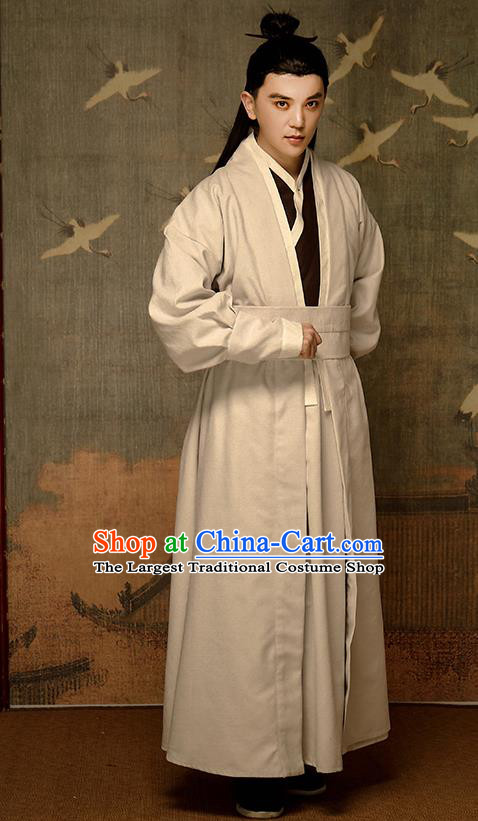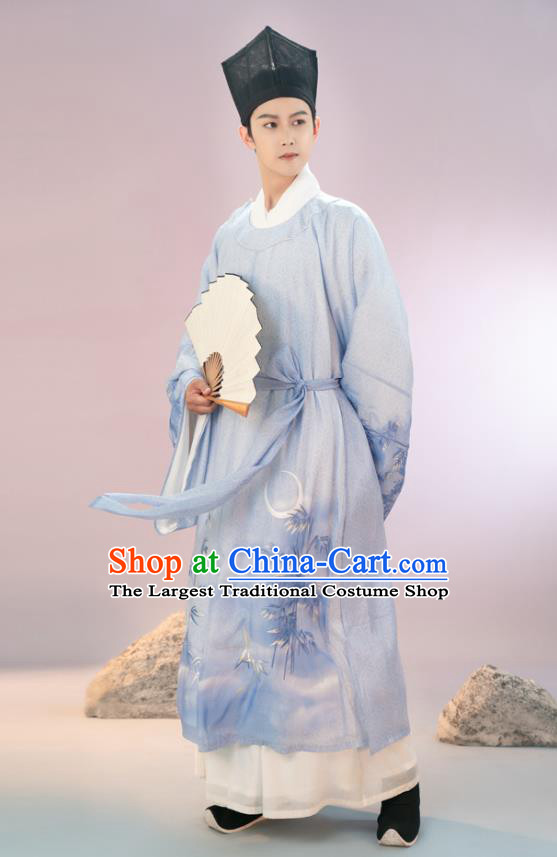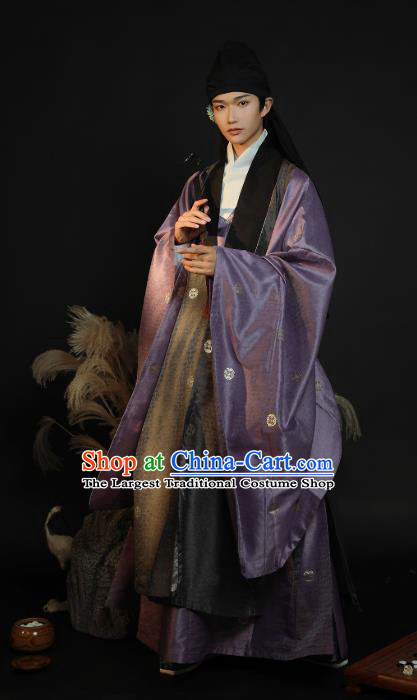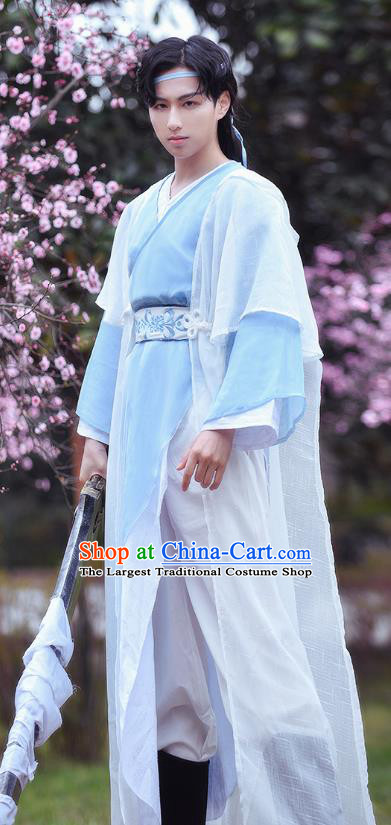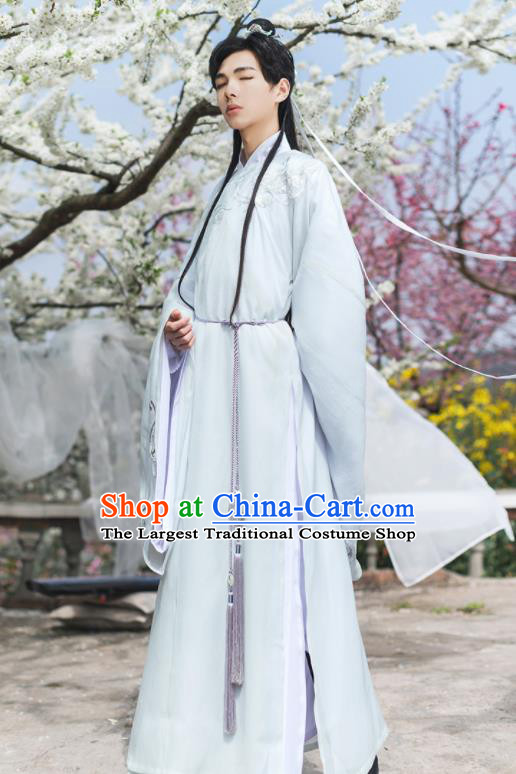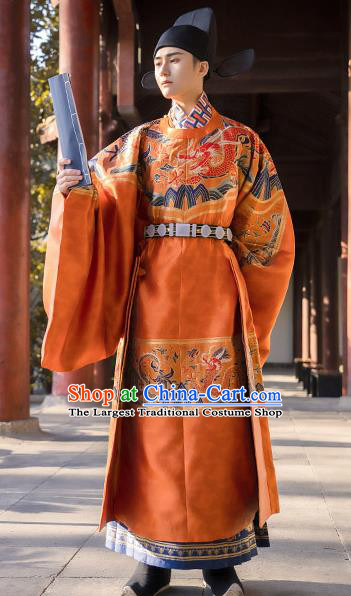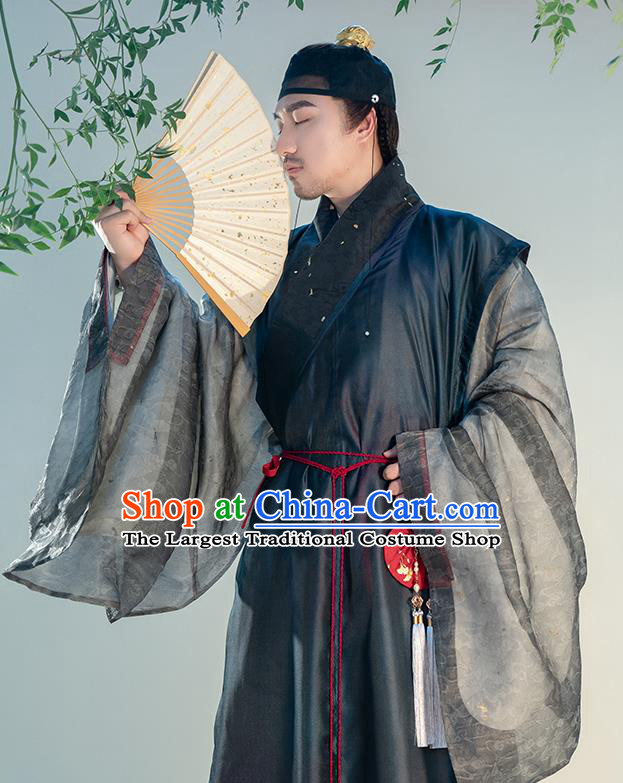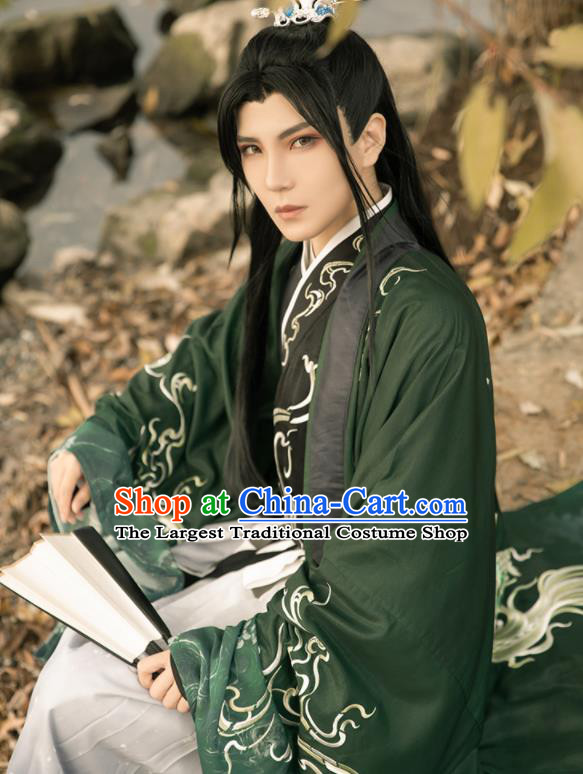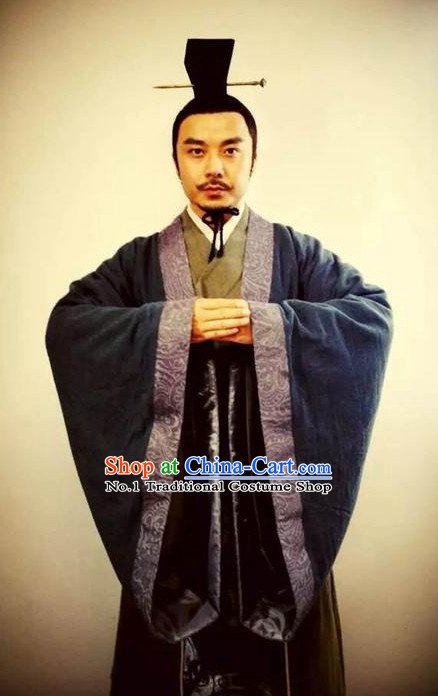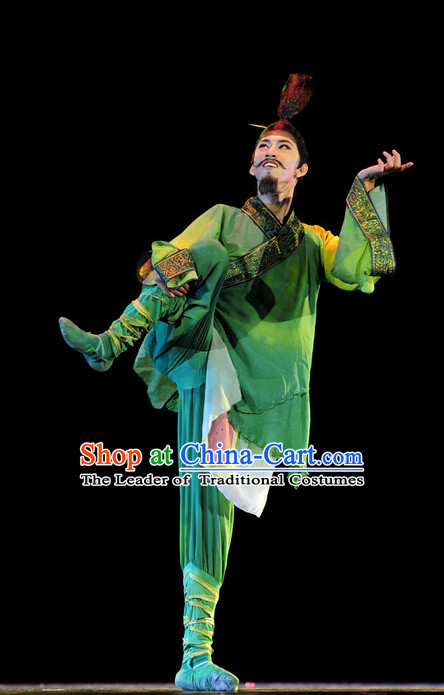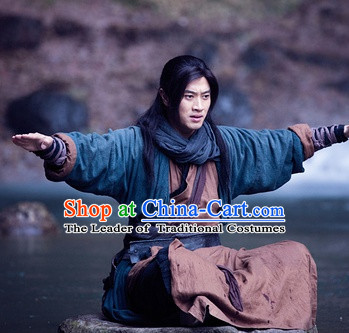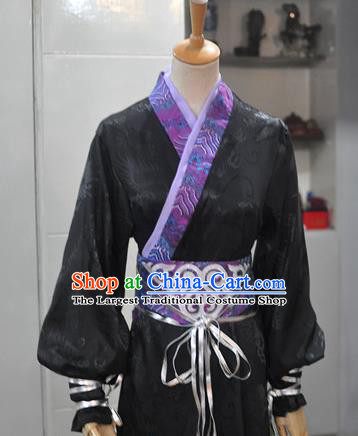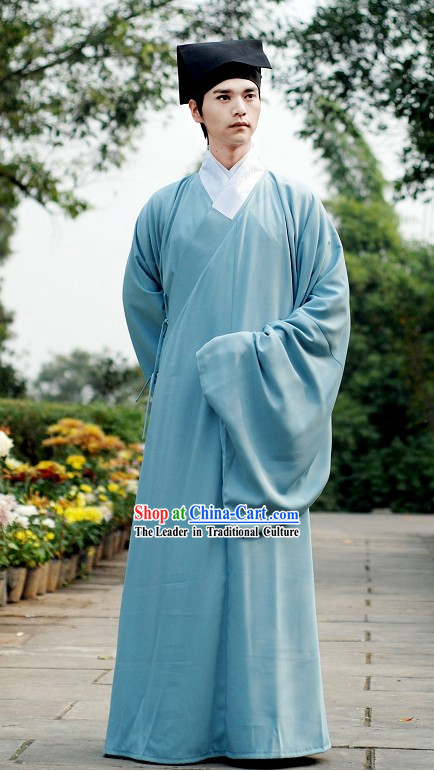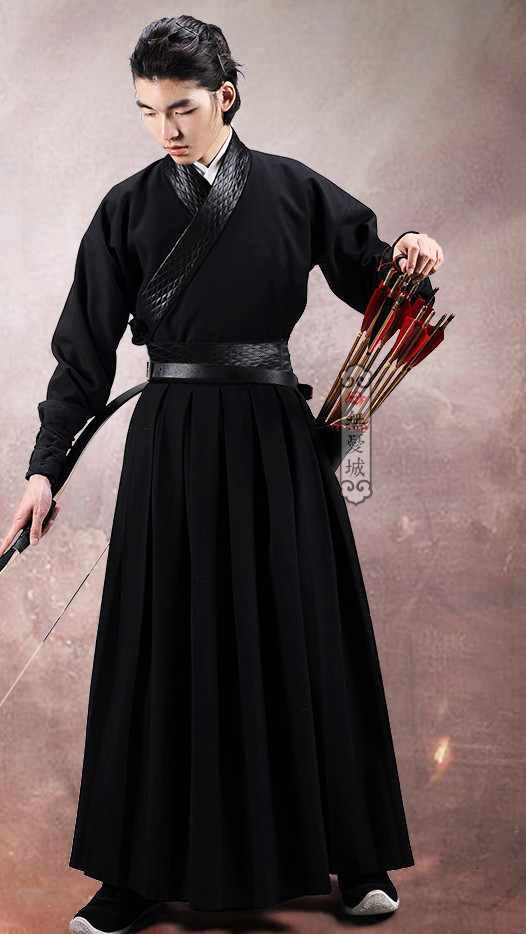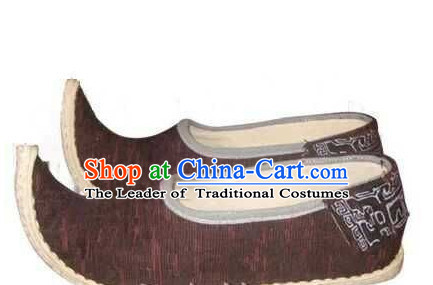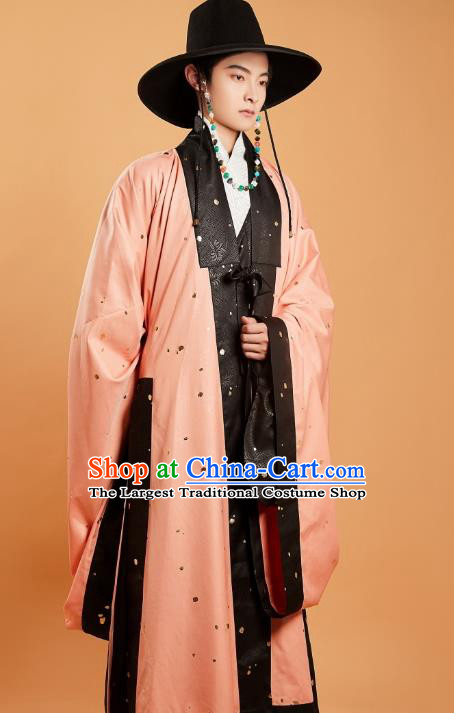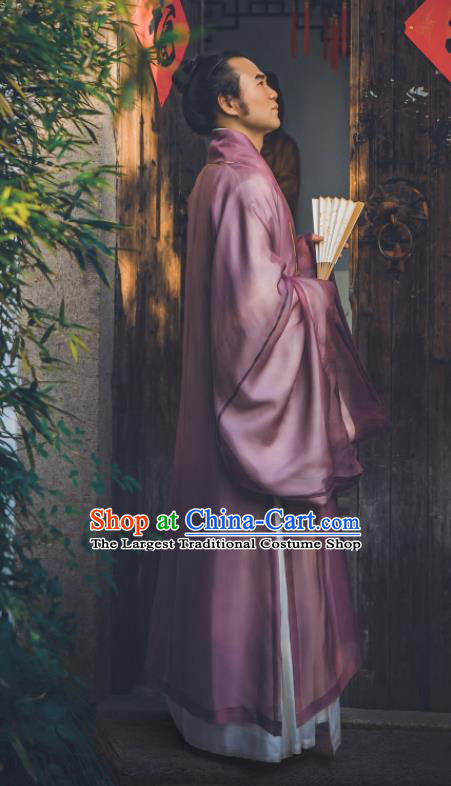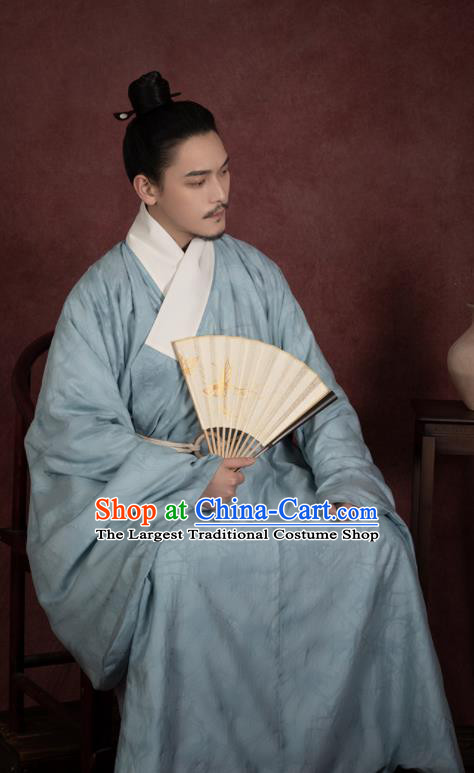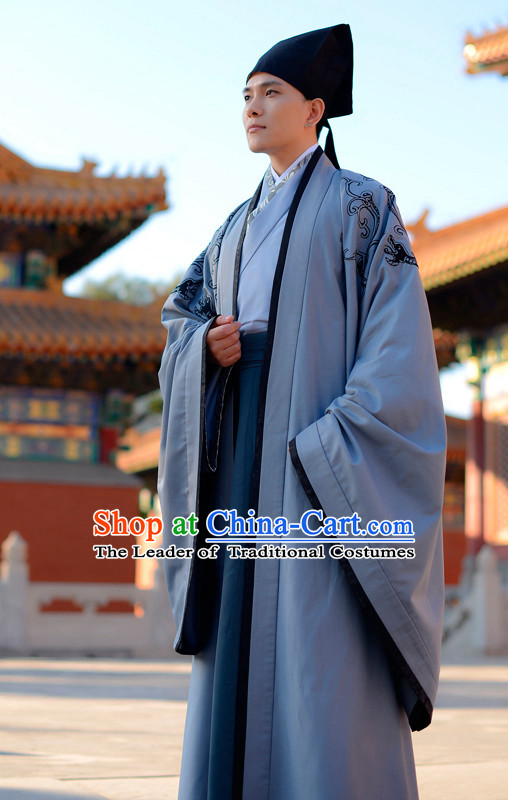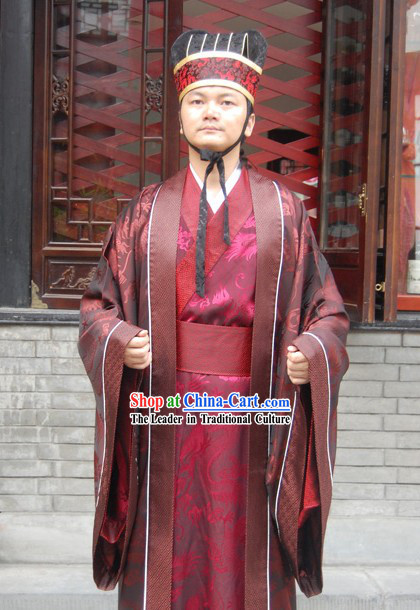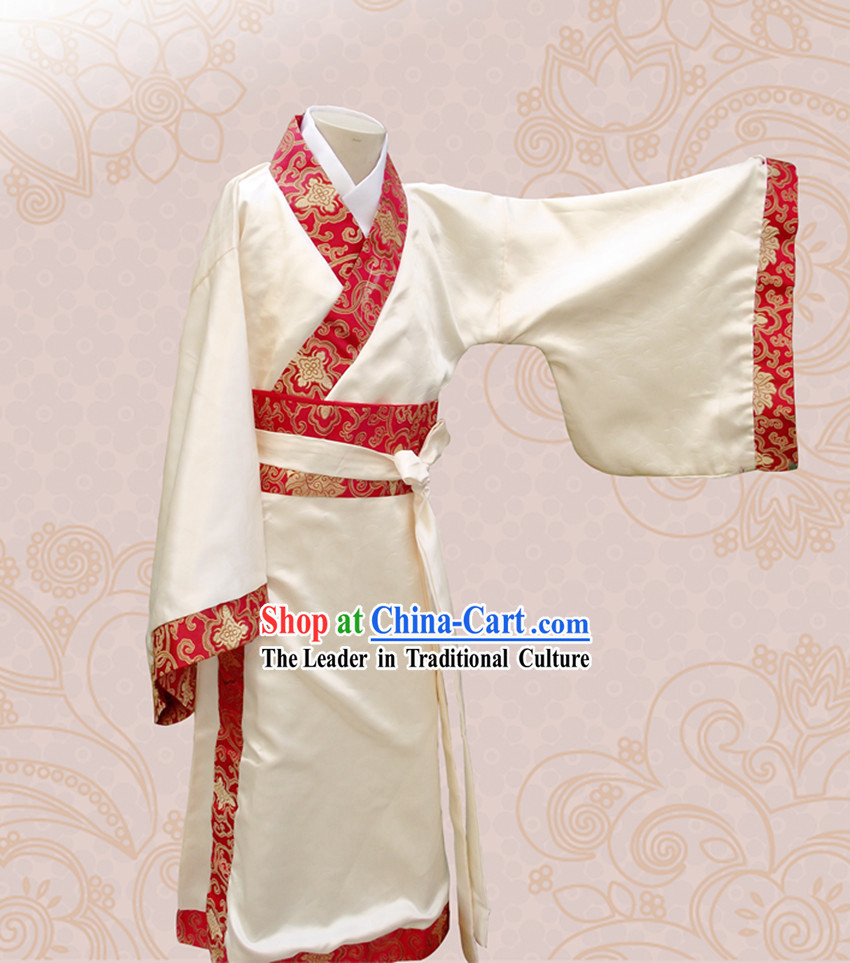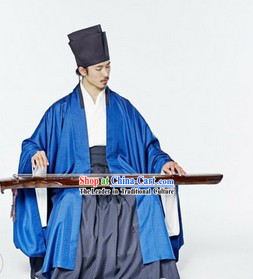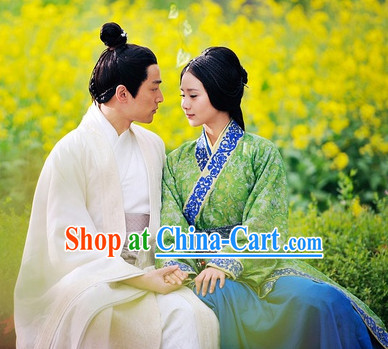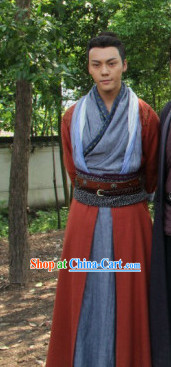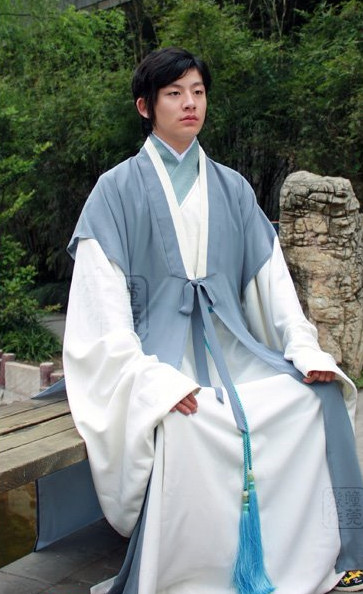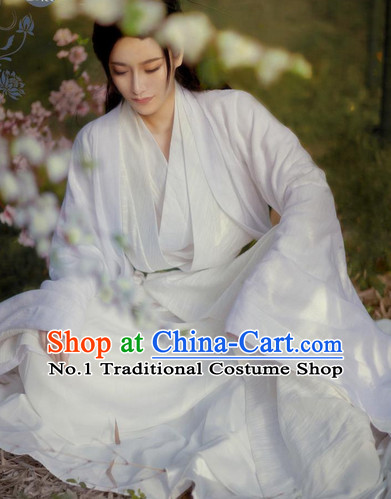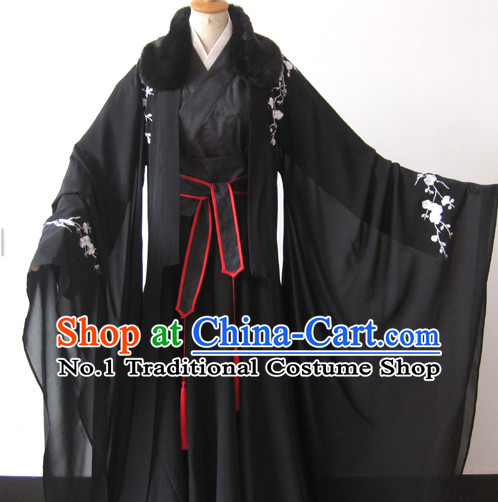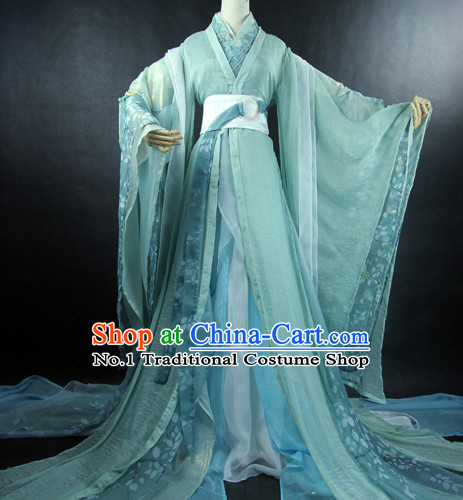
Click Related Pictures for More Audios:
The traditional Chinese Hanfu, with its unique design and exquisite craftsmanship, showcases the charm of ancient Chinese culture.
It is a symbol of nobility, elegance, and wisdom, carrying rich historical connotations and cultural significance.
Hanfu is typically designed with loose silhouettes to allow for ease of movement.
Its colors are diverse, including blue, green, red, and more, each holding special symbolic meaning in traditional Chinese culture.
For example, blue represents the sky and ocean, symbolizing vastness; green signifies life and hope, representing vitality.
In addition, Hanfu is often adorned with intricate patterns such as dragons, phoenixes, and cloud motifs that are not only aesthetically pleasing but also carry profound meanings.
Throughout history, Hanfu was one of the primary garments in ancient Chinese society.
From the Spring and Autumn Period to the end of the Qing Dynasty, Hanfu underwent thousands of years of evolution and development.
During this time, it not only changed in form but also became increasingly enriched and refined in content.
For instance, Hanfu during the Han Dynasty was dominated by long robes, while during the Tang Dynasty, it placed greater emphasis on decorative elements.
By the Ming and Qing Dynasties, Hanfu had matured into a complete system.
Today, although modern clothing has replaced Hanfu's status, it still holds an important place in traditional Chinese culture.
Many young people have begun to refocus their attention on Hanfu, incorporating it as a fashion element into their lives.
At the same time, professional Hanfu production teams are working hard to preserve and pass down this cultural heritage, allowing more people to understand and appreciate the unique charm of Hanfu.
